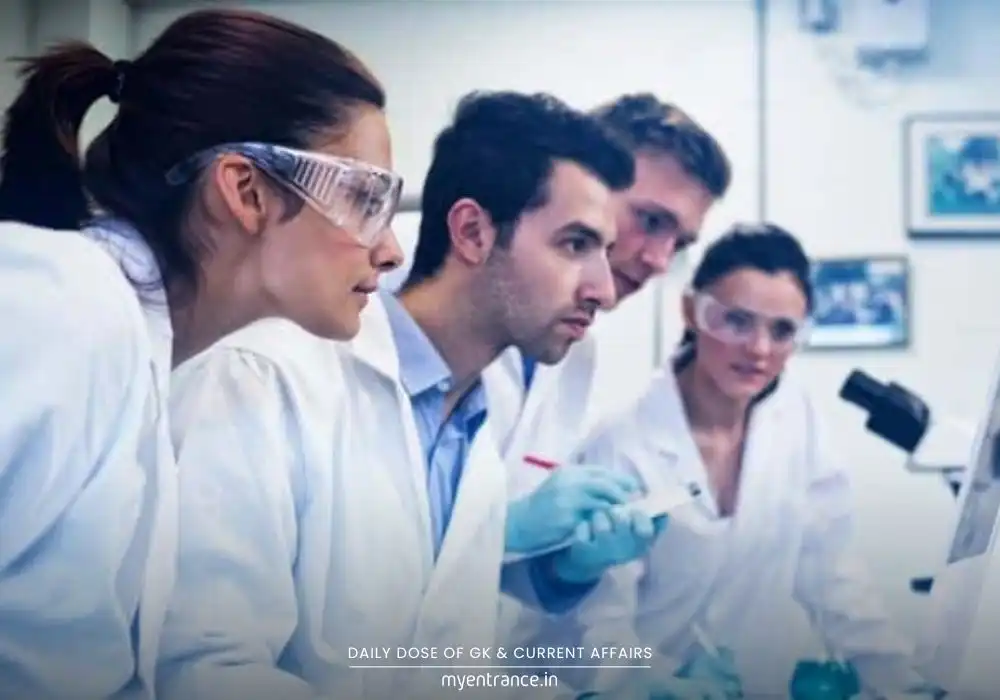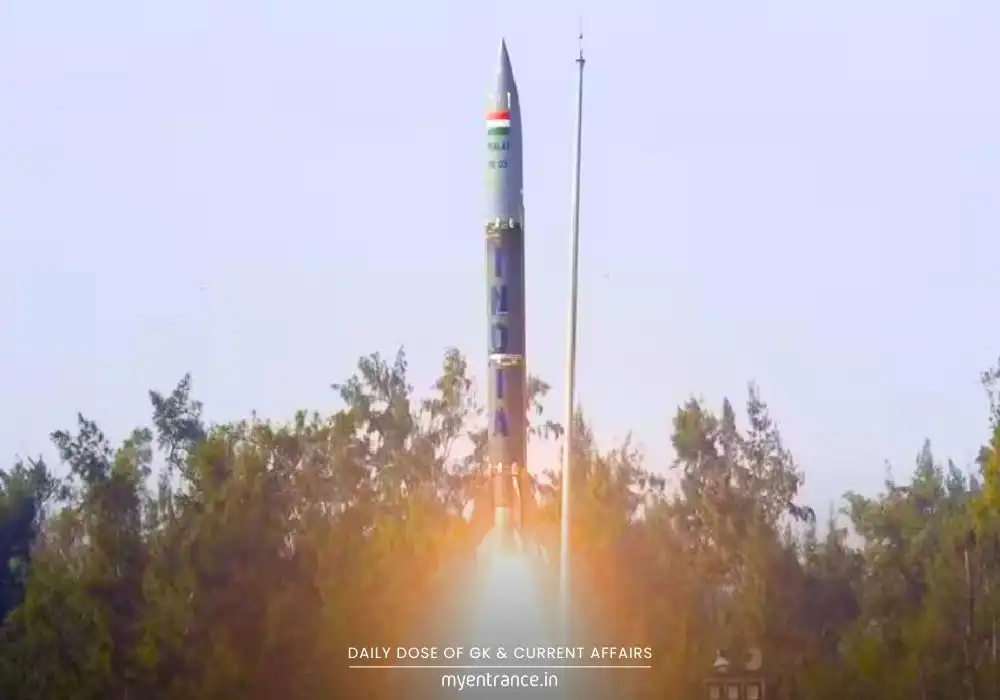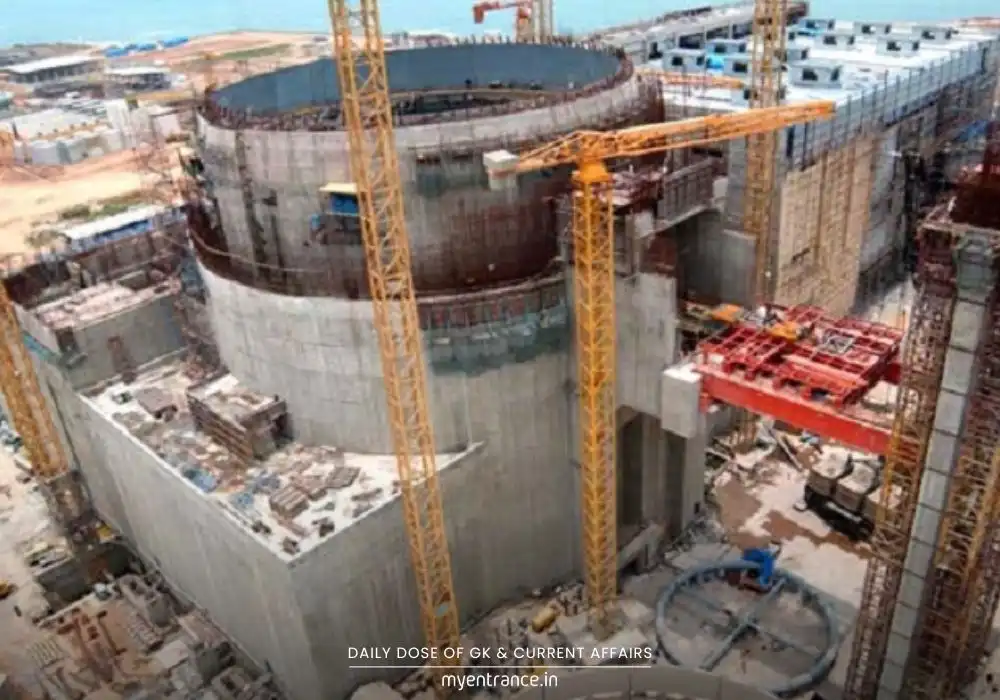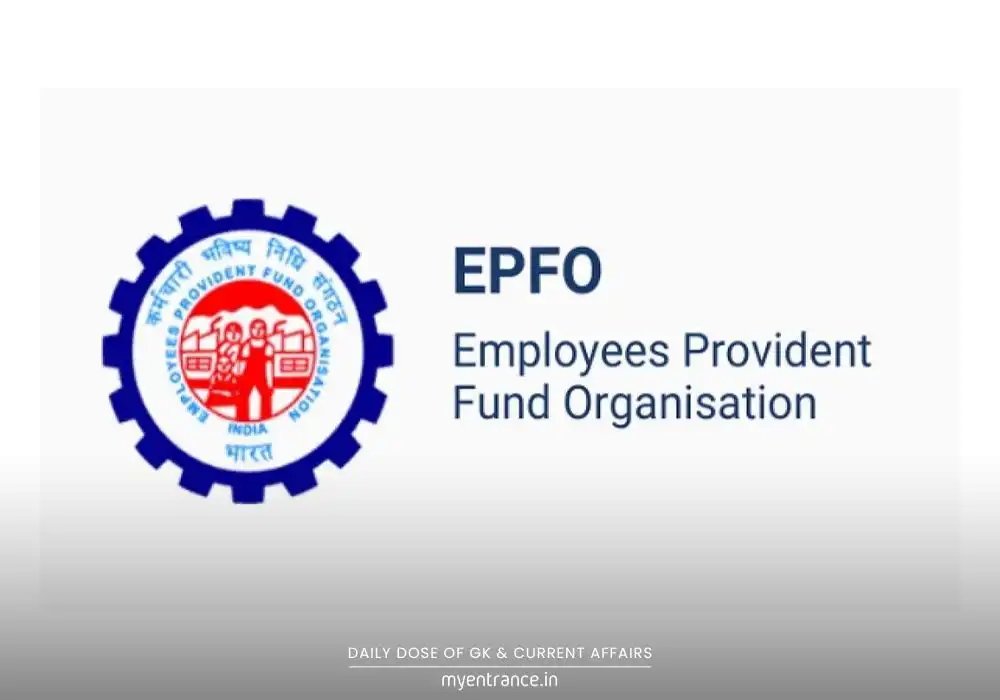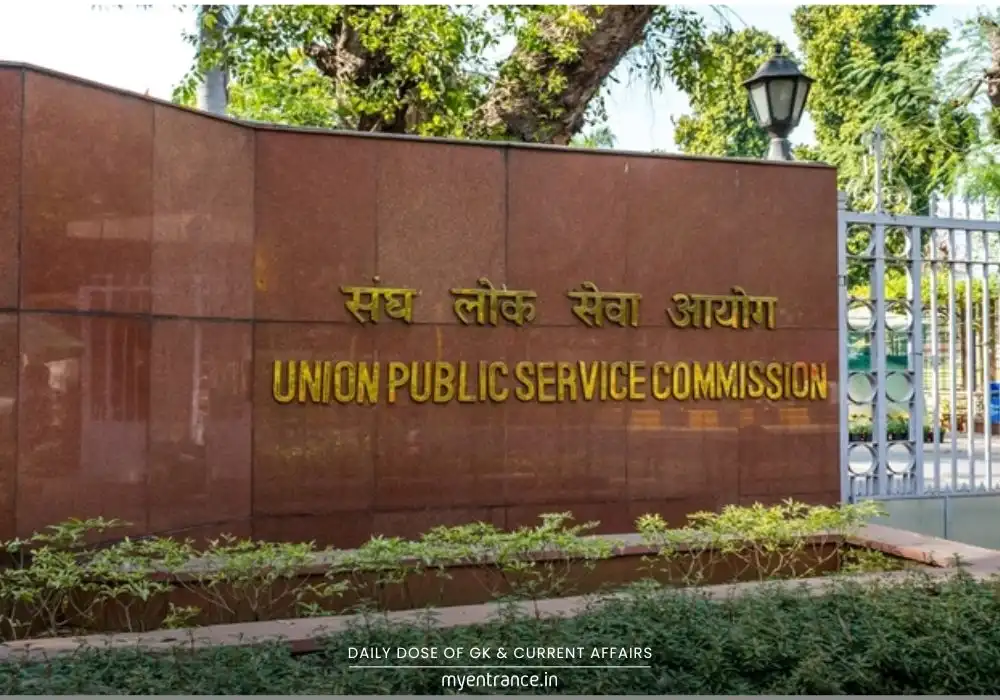Select Language
NITI Aayog’s Bold Plan: How Will India Dominate the Global Chemical Sector?
India is setting its sights on becoming a global leader in the chemical industry, with NITI Aayog unveiling a bold $1 trillion roadmap for the sector. This strategic plan could redefine India’s role in global value chains (GVCs) by 2040.

India’s Chemical Industry: Current Challenges & Future Potential
Despite being the 6th largest chemical producer globally, India faces key hurdles:
Heavy import dependency (chemical trade deficit of $31 billion in 2023).
Low R&D spending (0.7% vs global average of 2.3%).
Infrastructure bottlenecks (high logistics costs, regulatory delays).
Skill shortages (30% gap in green chemistry & process safety).
To overcome these challenges, NITI Aayog’s report outlines a 7-pillar strategy to boost growth, innovation, and global competitiveness.
Key Strategies to Transform India’s Chemical Sector
World-Class Chemical Hubs
Upgrade existing industrial clusters & establish new ones.
Create a Central Empowered Committee & Chemical Fund for infrastructure.
Enhanced Port Infrastructure
Form Chemical Committees at major ports.
Develop 8 high-potential chemical clusters for better trade logistics.
Production Incentives
Introduce Opex subsidies to boost manufacturing of high-demand chemicals.
Boost R&D & Innovation
Increase funding for research.
Strengthen industry-academia collaboration & global tech partnerships.
Faster Regulatory Approvals
Set up an audit committee under DPIIT to speed up clearances.
Strategic Free Trade Agreements (FTAs)
Push for tariff exemptions on raw materials.
Improve awareness of FTA benefits among exporters.
Skilling the Workforce
Expand ITIs & industry-aligned training in petrochemicals, polymer science, and safety.
India’s Chemical Industry Targets
By 2030, India aims to:
Increase GVC share to 5-6%.
Achieve Net Zero trade deficit.
Add $35–40 billion in exports.
Generate 7 lakh skilled jobs.
By 2040, the vision is even bigger:
$1 trillion industry size.
12% global GVC share.
Why Is This Important for Competitive Exams?
This topic is crucial for exams like:
SSC, PSC (Economy & Industry sections)
UPSC (Economic Development, Government Policies)
NIFT, NID (Sustainable Materials & Industrial Design)
Understanding India’s industrial growth strategies helps in:
✔ Essay writing (Economic reforms, Make in India).
✔ Current Affairs (Government policies, export trends).
✔ Interview discussions (Sustainability, skill development).
Sample Questions & Answers
What is NITI Aayog’s target for India’s chemical industry by 2040?
Answer: $1 trillion output & 12% global GVC share.
What is India’s current rank in global chemical production?
Answer: 6th largest producer.
What are the key challenges facing India’s chemical sector?
Answer: High import dependency, low R&D, infrastructure gaps, and skill shortages.
Which strategy aims to boost chemical exports through trade deals?
Answer: Negotiating FTAs with tariff exemptions on raw materials.
How will India address the skill gap in the chemical industry?
Answer: Expanding ITIs, industry-academia collaboration, and specialized training programs.
Conclusion
NITI Aayog’s $1 trillion vision could position India as a global chemical superpower, driving job creation, exports, and sustainability. For competitive exam aspirants, this is a high-value topic for economy, policy, and industry-related questions.
Get 3 Months Free Access for SSC, PSC, NIFT & NID
Boost your exam prep!
Use offer code WELCOME28 to get 3 months free subscription. Start preparing today!

